In Sweden you can take classes in how to drive a car economically. Or, you could simply buy one of Volvo's new V40s, because the super smart hatch will do all the work for you. It has three different drive modes, selected from a carousel in the centre of the instrument panel, one of which Eco mode and is designed to reduce fuel consumption. It's not the only reason you'd buy the car, but it's certainly a drawcard - not to mention safety.
BACKGROUND
The V40 is Volvo's first 'proper' hatch, with four doors (five if you count the hatch) and room for three in the back. Prior to this it produced the C30, but it was a niche model, a funky four-seat hatch with only two doors and a tiny luggage area. As such the V40 (the V's for versatility) is likely to have much broader appeal. In fact, Volvo expects the car to become its biggest selling model worldwide. In Australia, however, its sales star is the XC60 - a mid-sized, five-seat SUV or offroader.
DESIGN
Not only does it look the goods, with sculpted panels, a low profile, wide stance and signature black tailgate - the V40 performs well too. The sporty dynamics (yes, sporty) really raise the bar for the Swede - better known for building safe cars than exciting ones.
Inside, it's the same story, with darker trim that gives the car a premium feel, along with a more sophisticated LCD style instrument panel that changes colours plus a stylish illuminated gear shift knob. The seats are comfy and both driver and passenger sides have lumbar adjustment.
Volvo reckons it's the most dynamic model that it has built to date and we're inclined to agree, after a searching test drive this week on some of Italy's treacherous mountain roads.
Due for launch here in a little over six months, the V40 has all the makings of a game changer for the company, depending on the price and how much of the tech that we saw is actually standard.
ORIGINS
Like the C30 it's based on the same platform as the Ford Focus that enjoys an enviable reputation for sporty dynamics. Ford, by the way, used to own the company and even though Volvo is now owned by the Chinese the two still share some technology. V40 replaces both the S40 sedan and V50 wagon and maybe even the C30 which is also being phased out (more likely it will be replaced by another model - perhaps a V30?).
RANGE
We got to drive three models of which two will be coming to Australia: the D2 1.6-litre four cylinder diesel, the D4 2.0-litre five cylinder diesel and the T4 2.0-litre four cylinder petrol model.
The last one is not coming, at least not in its present form, and this is where it gets confusing. We will be taking the T4 - but with a five cylinder engine of the same capacity.
A hero, high performance 2.5-litre turbocharged T5 R-Design model will be joining the trio too. It wasn't available to drive in Italy, but will be available from launch here in February.
THE STATS
The D2 is good for 84kW/270Nm and 3.6 litres/100km and is basically the same engine that's in the current C30. It will be the entry level model and will be available as a six-speed manual only.
The D4 puts out 130kW/400Nm and 4.7/5.2 litres/100km and will be available with a six speed manual or six-speed automatic. The five cylinder T4 puts out the same 132kW of power as its four cylinder cousin, but 300Nm of torque instead of 240Nm and will be available as an auto only. No fuel figures available.
The T5 R-Design pumps out 187kW/360Nm and uses 7.9 litres/100km and will be auto only (odd that as a performance model there is no manual). All models are fitted with automatic stop/start to save fuel along with the ability to regenerate power.
CHOICES
The driver has some choices to make before moving off, like how much assistance they want with the steering, which provides three levels of support: low, medium and high. Then there's three drive modes: Eco, Elegance and Performance, with different colour schemes for each - green for Eco, Amber for Elegance and red for performance. You can change drive modes on the move using a one of the steering column instrument stalks, but the car must be stationary to change the steering.
THE DRIVE
Of the three, the D4 with the larger diesel engine was the standout. The smaller D2 lacks torque off boost and this presents a problem coming out of the rising, hairpin corners that we encountered. It is necessary to brake heavily and turn in sharply, dropping speed quickly and engine revs with it.
As a result the engine is often left stranded between first and third gears, lacking any help from the turbo until the revs pickup - too fast to change down and too slow to change up.
An auto would help smooth things out (are you listening Volvo?). Fortunately with plenty of grip the car can carry more corner speed than usual which helps alleviate the problem.
The larger D4 is a revelation in comparison, with strong performance across the rev range and an auto to make things easy. Relatively quiet inside, it is not plagued by the same problem and was a pleasure to drive in most situations. Pricing it up is probably the only way to entice people into the smaller diesel.
The T4 is also lively, feels lighter but lacks the torque of the diesel. The auto is much busier to compensate. As such we look forward to driving the torquier five cylinder version.
Changing the drive modes and adjusting the steering makes a perceptible difference, but whether it's a novelty or used on a daily basis remains to be seen. In terms of fuel consumption, we got 7.8 litres/100km from the D2, 10.9 from the D4 and 14.7 from the T4 that we drove. Note though that all were being pushed hard.
NEGATIVES
All-wheel drive is unavailable. There's only a space saver spare wheel and rear legroom is tighter than expected. There's no paddle shifts in sight either and they're needed to keep pace with the competition.
We applaud the addition of a digital speedo, but deplore the fact it is available only in performance mode. Not mention the fact that the navigation still does not provide speed camera warnings, although it does tell you what the current speed limit is.
SAFETY
Comes with eight airbags and a whole range of safety systems - some standard, some probably not. It has not been crash tested yet, but Volvo is confident it will score a full five stars. They include a driver's kneebag and, in a world first, a pedestrian protection bag. The latter sits like a bra around the lower part of the windscreen when activated to protect a pedestrian's head from injury in the unfortunate event that they are struck by the car.
The car also brakes automatically when it detects a threat in front, the blind spot warning now also warns of rapidly approaching traffic and the rear parking sensors warn of approaching traffic from the sides when reversing out of a carpark.
The lights also dip automatically when high beam is selected and parking assistance is also available. It will detect whether a space is large enough to accommodate the car, then reverse park with little intervention from the driver.
COMPETITORS
Volvo is targeting the Audi A3, BMW 1 Series and soon to be released Benz A-Class - but not surpisingly the VW Golf. It believes the V40 is more of a premium product and will be priced accordingly, with the kick off figure likely to be $39,990. We reckon it sits somewhere between the two in terms of market perception and could appeal to buyers from both groups.
Volvo V40 2013: D2 Kinetic
| Engine Type | Diesel Turbo 4, 1.6L |
|---|---|
| Fuel Type | Diesel |
| Fuel Efficiency | 4.2L/100km (combined) |
| Seating | 5 |
| Price From | $11,000 - $15,070 |
| Safety Rating |
|
Pricing Guides

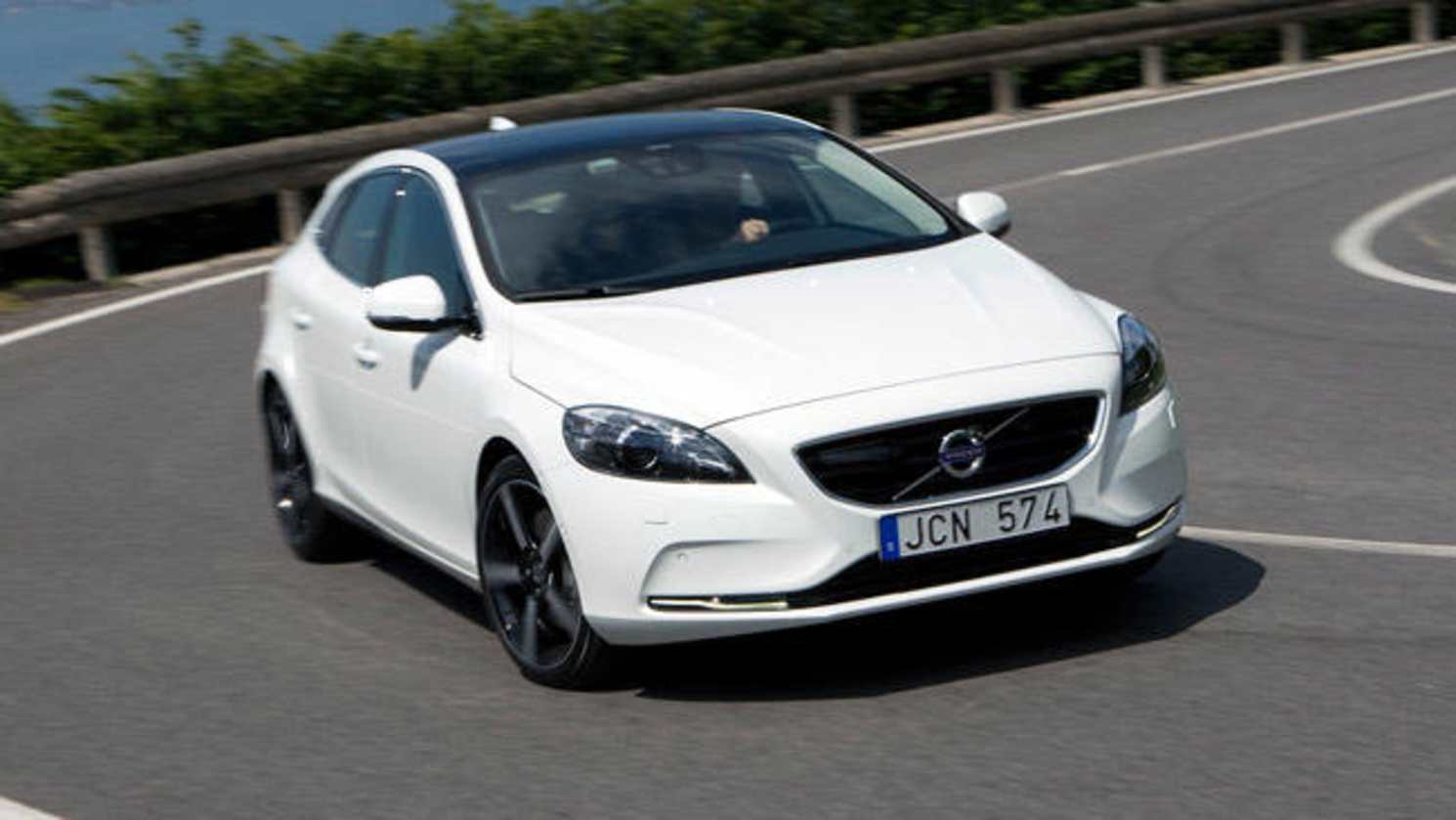




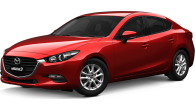
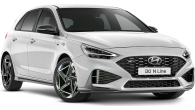
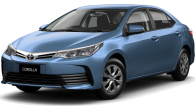
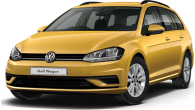
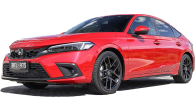







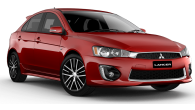

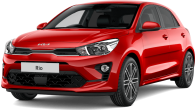


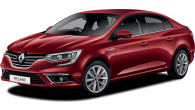
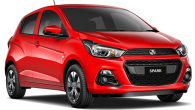
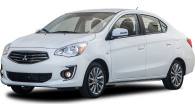






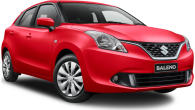





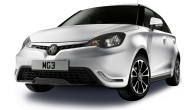


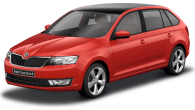
.jpg)

.jpg)
.jpg)